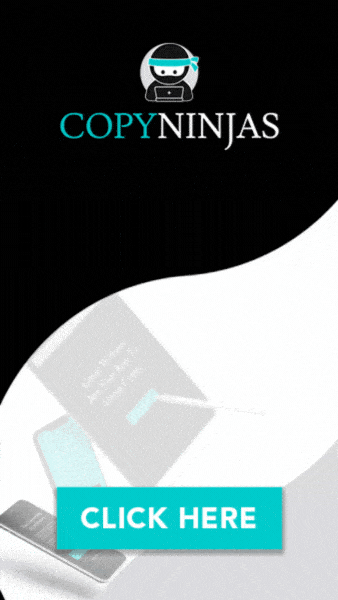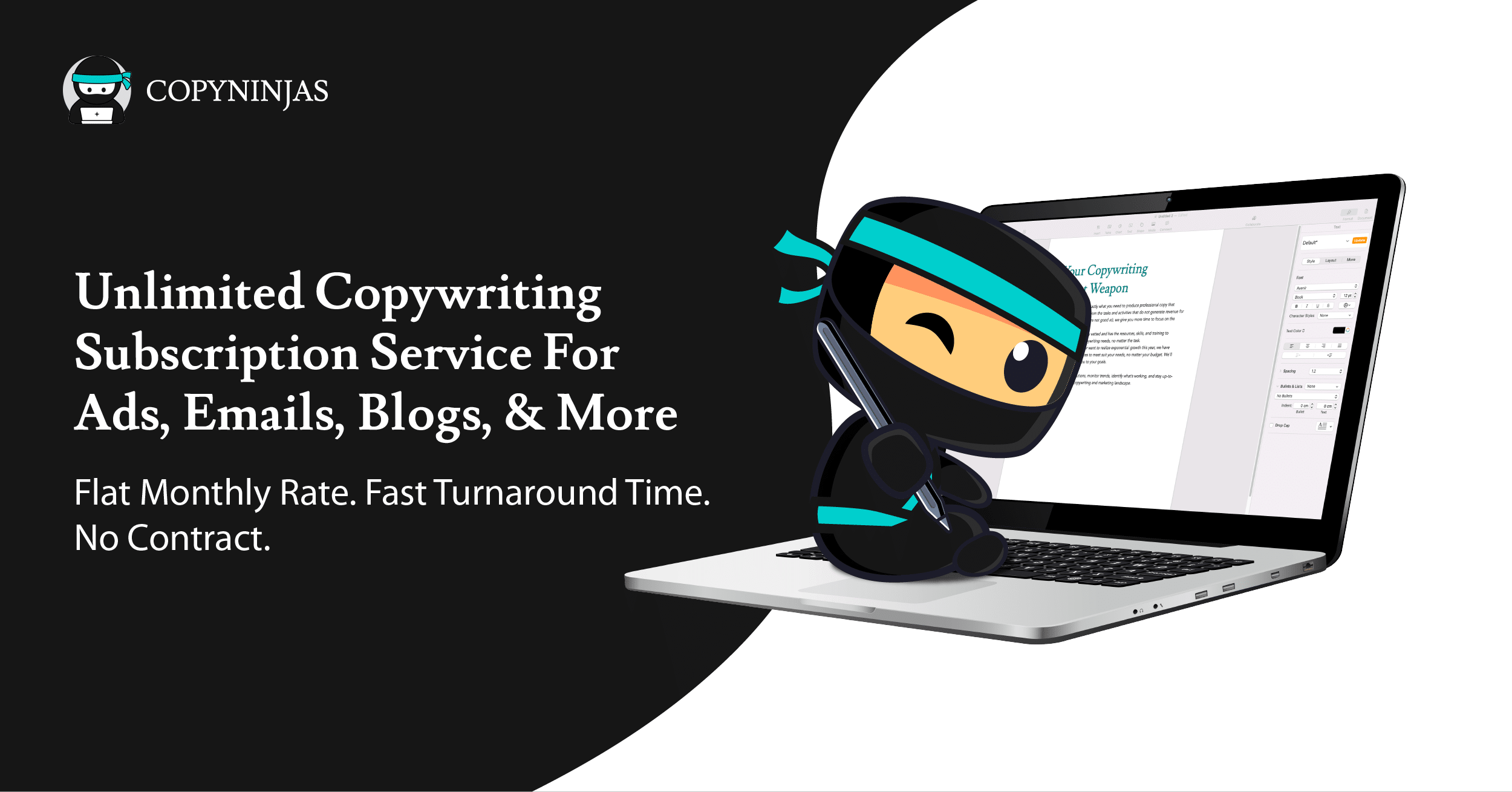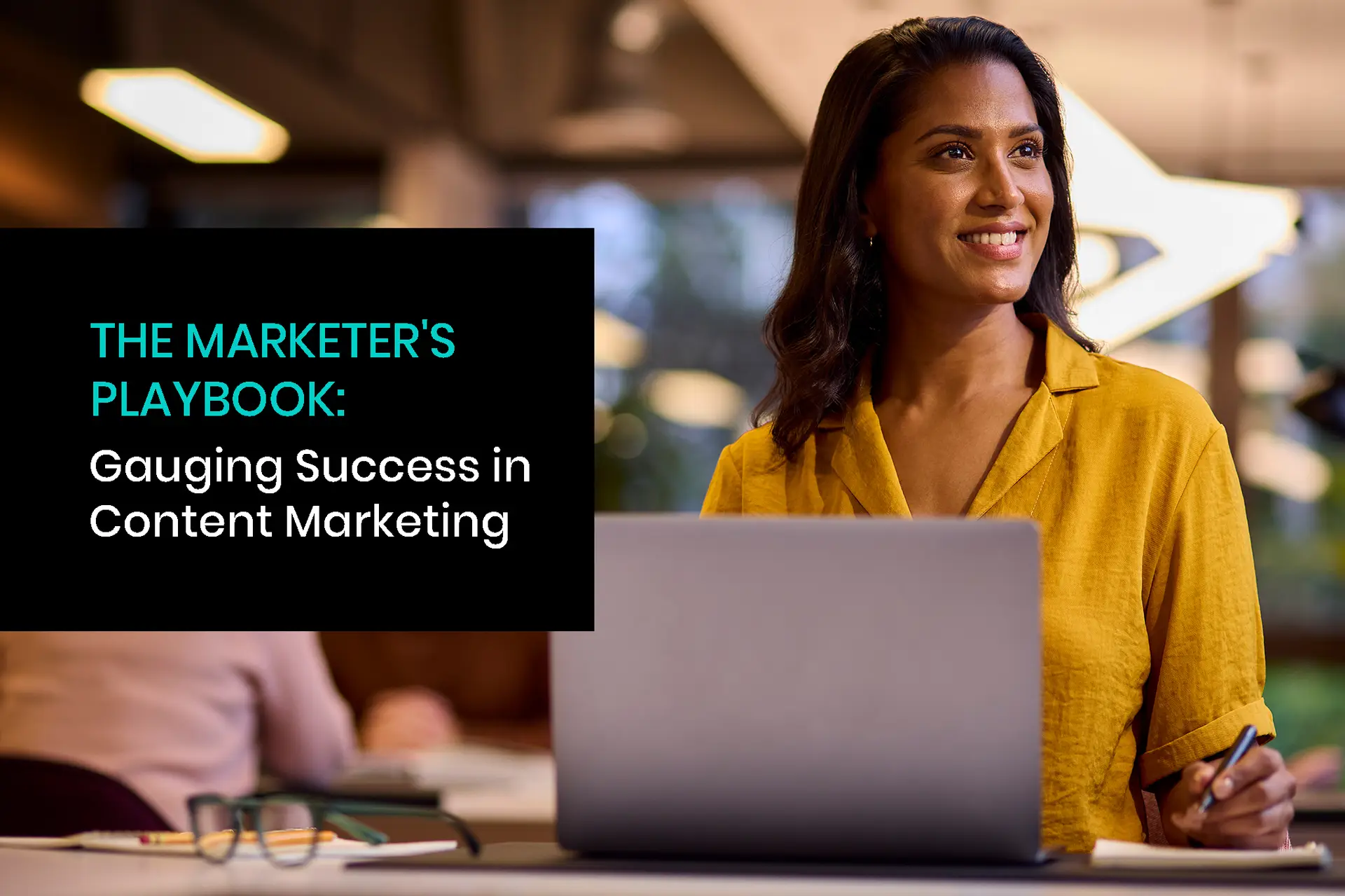5 Effective Human-Tuning Techniques to Enhance Clarity, Relevance, and Impact
Welcome to the future, ladies and gentlemen!
The era of AI has disrupted the landscape of content creation, and businesses realize the immense potential of AI-generated copy to captivate their audience. As language models become increasingly sophisticated and widely available, companies seek innovative solutions to optimize their content and amplify their messaging.
However, despite the potential benefits of AI-generated content, it can sometimes lack the personalization and nuance of a human-written copy. That’s where targeted editing strategies come in – they can help you fine-tune your AI-generated content to make it more effective and engaging.
In this post, we’ll explore five targeted editing strategies (human-tuning) for ChatGPT and related tools to help you boost the quality of your AI-generated content and make it work for your business or organization. Let’s get started!
Strategy #1: Refine your understanding of your audience.
Zeroing in on your target audience is one of the most important strategies for increasing the effectiveness and engagement of AI-generated content. Content written for a specific audience is more likely to resonate with that audience and thus achieve its intended purpose.
When creating content that resonates with your target audience, it’s essential to understand their needs and preferences:
- Consider demographic data, market research, and other resources to understand their needs and preferences when refining your content strategy.
- Use the data collected to create detailed audience personas (avatars) that reflect your target audience’s age, gender, location, interests, and behaviors.
- Tailor your content to your audience personas to ensure maximum engagement and better meet your audience’s needs.
Once the target audience has been identified and refined, the AI-generated content can be edited to ensure that it corresponds to the audience’s preferences and needs. This could include changing the language, tone, and style to suit the audience better, including relevant examples and anecdotes that resonate with them, and tailoring the content to their level of knowledge and understanding.
Strategy #2: Align your tone.
To ensure that your content hits the mark with your audience, you must edit it to align with your audience’s preferences and expectations. One crucial factor in achieving this is adjusting the tone of the content.
Tone refers to the attitude and personality conveyed by the content, and it plays a critical role in how the audience perceives it. For example, a more casual and conversational tone may be appropriate for a young adult audience.
Instead of writing, “Our brand offers a wide range of stylish clothing options for teenagers and young adults,” say, “Check out our latest styles that are ideal for you and your squad!”
This shift can help the brand create a more personal connection with its target audience and make them feel more engaged with the content.
A more formal and authoritative tone may be more appropriate if the audience is a group of professionals.
Instead of writing, “Our new workout plan is the bomb! Prepare to work up a sweat!” say “Our latest fitness program offers a comprehensive and effective approach to improving your physical health and wellness. Achieve your fitness goals with our expert guidance and support.”
The formal tone in the example above conveys expertise and authority in the fitness industry, making the content more trustworthy and credible.
Adjusting the tone can be done in several ways, such as using appropriate language, sentence structure, and vocabulary. It may also entail changing the style of the content to match the audience’s preferences.
Strategy #3: Incorporate relevant examples.
To make AI-generated content more engaging and powerful, incorporate relevant examples and anecdotes to:
- Illustrate key points
- Make the content more relatable, and
- Keep the audience engaged
Here are some great examples of how to create maximum impact with your AI copy by including reviews, testimonials, and more:
Product review: “I was skeptical at first, but after trying the new superfood smoothie, I’m hooked! Not only does it taste great, but it has also helped me feel more energized throughout the day.” – Sarah, 21
Customer testimonial: “I struggled with managing my finances until I started using this app. It’s been a game-changer for me, helping me stay on top of my expenses and saving me time and money.” – Dan, Real Estate Broker
Case study: “Company X was facing a significant challenge in improving its customer service. By implementing our software, they reduced wait times by 43% and improved customer satisfaction scores by 22% in just six months.”
Quick Takeaways:
- DO ensure that the examples and anecdotes are relevant to the content’s purpose and target audience
- DO present them in a way that is easy to understand and follow
- DON’T come across as too promotional or biased.
Strategy #4: Optimize And Humanize
Another critical strategy for improving the quality of your AI-generated content is skillfully transforming robot-speak into something easier to understand and more compelling to read. Here are some suggestions for enhancing language and sentence structure:
- Language and sentence structure should be tailored to your audience’s specific needs and preferences.
- Avoid using jargon or technical terms that they may not understand. On the flip side, do use jargon or terminology that is built into their fabric.
- Use short and simple sentences, breaking up long paragraphs into smaller chunks.
- Use headings and subheadings to make the content easier to navigate.
Strategy #5: Enhance readability.
Improving the quality of AI-generated content involves several strategies, and one key approach is to enhance its ease of understanding. This refers to the readability of the content, which can significantly impact its success in captivating the audience.
Several factors must be considered to improve the readability of the content, including:
- Font size and style
- Pacing
- Spacing
- Layout
- Videos
- Infographics
- Images
By optimizing these factors, you can enhance the overall impact of the content, helping it to better engage with your audience and achieve your messaging goals.
Why Humans Are Still Needed
Although AI tools can be helpful in generating content at scale and speeding up the process, it can’t match the creativity and emotional appeal of human writers.
The world still needs copywriters and editors to refine and polish AI-generated text to fit the desired context, avoid misunderstanding, filter out false data, eliminate awkward messaging, and so on.
Skilled professionals understand the nuances of different target audiences, which is essential to creating an output that resonates. By leveraging the unique strengths of both AI tools and human expertise, businesses can create high-quality copy that captures their audience’s attention and delivers their message effectively.
Helping You Hit Your Targets
Need some help taking your content from good to great? You need a Ninja! Our team of copywriting and editing experts can help you punch up any generic, boring, artificially-generated copy to create engaging, effective, and SEO-friendly content that captures and retains your audience’s attention.
Don’t let mediocre writing hinder your success! Sign up for our Editing Plan and unlock the full potential of your AI-generated copy. The Copy Ninjas will elevate your writing and help take your brand to total market domination.
So what are you waiting for? Visit our dojo today and experience the unbeatable results of our Editing Plan.









